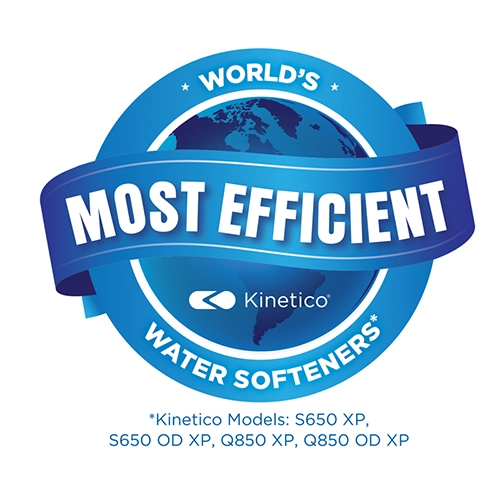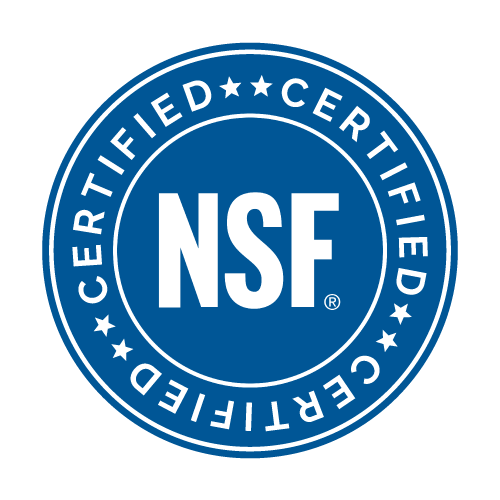How Does a Commercial Water Softener Work?
99% Client Satisfaction
Industry Leading Warranty
Family Owned & Operated
Emergency Services
Financing Available
How Does a Commercial Water Softener Work?
In hard water areas, there is a high proportion of calcium and magnesium in the water. Whilst these are harmless to health, they cause a build-up of limescale that clogs pipes and appliances, causes soaps and detergents to be less efficient and aggravates skin conditions.
Hard water can be a problem in residential use, but this is even worse for commercial applications. Laundries struggle to get clothes clean and use more detergent in an attempt to do so, commercial kitchens in restaurants and hotels risk having crockery with unsightly smears and industrial processes that need pure water can’t operate effectively. All these businesses suffer increased costs and reduced efficiency, so they need to consider ‘how does a commercial water softener work’ for them.
How the Softening Process Works
Most water softener systems work in a similar way, using a process called ion exchange to remove excess minerals and replace them with harmless sodium ions. The system has two main parts:
- a brine tank that stores salt that is mixed with water to form brine
- a resin tank that contains resin beads to collect the minerals.
The resin tank contains millions of tiny resin beads, each of which is very porous and is negatively charged to collect magnesium and calcium plus other minerals that are positively charged. The system is connected to the water supply so that water flows through the resin tank, spreading across the surface and traveling through the beads.
When the water exits the resin tank, it is virtually at the same pressure, but the harmful minerals remain behind, so the water is no longer hard. Eventually, however, the resin beads become saturated with minerals and are no longer able to soften the water, so they need to be regenerated to restore their effectiveness.
When regeneration takes place, the resin beads are rinsed with the solution from the brine tank, flushing out the calcium and magnesium ions, which are replaced by sodium ions. The resin bed is then flushed out with clean water to remove any excess salt and, once this is done, the water softening process can continue.
While the system is regenerating, no soft water will be produced and so regeneration is often timed to take place when no water is required. This can be wasteful because water and salt can be flushed out before regeneration is really needed. Additionally, if water is required continuously, it will be impractical to completely stop the process. The answer is to have a dual tank water system or to connect several systems so that one tank is always available when another is regenerating. This also means you can control regeneration by volume, so it only happens when required and is less wasteful.
Obtaining a Water System that Meets Your Needs
Although most water softeners work the same way, they’re not all the same. The main difference between a residential and commercial system is its size. A commercial water softener system needs to have sufficient capacity to handle the volume of water required and has to produce pure water constantly and reliably.
You want a system that doesn’t waste money by being too large for your needs or is too small to handle the volume. To work satisfactorily, a water test has to be conducted to check the water content and a full assessment of your process to identify your needs. You also require a system that is durable, reliable and is cheap to run and maintain. A Kinetico system fulfills all these needs and more.








